
Where snakes live varies depending on their species and the environment in which they live. Here are some common places where snakes can be found:
Wild Environments: Many species of snakes live in wild environments such as forests, grasslands, swamps, mountains, and deserts. They can be found between piles of rocks, under rotting wood, in cracks in the ground, among plants and bushes, or in water such as rivers or lakes.
Terrestrial Environment: Some terrestrial snakes spend most of their time on the ground, looking for food such as small animals or insects. They can be found in a variety of habitat types including forests, grasslands, scrublands, or farmland.
Arboreal Environment: Some snake species are arboreal, meaning they prefer to live in trees. They can be found in dense tropical forests where they hide among the leaves or in the branches of trees.
Aquatic Environment: Some snake species are aquatic and spend most of their time in water, such as rivers, swamps, or lakes. They can be found swimming or sunbathing on the surface of the water, or hiding under rocks on the river bed.
Human Environment: Several species of snakes can be found around human settlements, especially in rural or urban areas close to their natural habitat. They may enter homes, sheds, or backyards in search of food or hiding places.
It is important to remember that the presence of snakes in the environment can vary depending on factors such as season, weather, and availability of food sources. Although many snakes are harmless to humans and even help control pest populations, it is important to remain vigilant and take appropriate precautions if in areas where snakes can be found.
Here are some precautions you can take to reduce the chance of encountering a snake or avoid unwanted confrontations:
Clean the Environment: Make sure to keep the environment around your house or residence clean. Remove piles of wood, rocks, or other materials that could provide hiding places for snakes. Grass and bushes should also be cut regularly.
Repair Cracks and Holes: Check and repair gaps or holes in the walls, floors, or roofs of the house that could be used as entrances by snakes. Also be sure to install netting or covers over any open vents or air ducts.
Maintaining House Cleanliness: Keep the house clean and free of food scraps that can attract snake prey such as mice or cockroaches. Additionally, make sure to store pet food in a safe and tightly closed location.
Improve Agricultural Facilities : If you live in a rural area or have a farm, be sure to improve agricultural facilities such as barns, barns, or livestock pens to prevent snakes from entering.
Using Physical Barriers: Use physical barriers such as fences, nets, or other barriers to prevent snakes from entering certain areas. This is especially important for areas that have populations of poisonous snakes.
Maintain the Presence of Pets : If you have pets such as dogs or cats that tend to repel snakes, make sure they are around your house or yard, especially when outdoors.
Use Good Lighting: Make sure to adequately light the area around your house or yard at night. This can help reduce the chance of encountering a nocturnal snake.
Using Repellants: Several repellent products that are safe and not harmful to humans can be used to keep snakes away from the house or certain areas. Make sure to use products that are recommended and safe for use in your environment.
While it is impossible to completely avoid encounters with snakes in natural environments, these preventative steps can help reduce the chance of unwanted confrontations. It is always important to remain alert and know what actions to take if you encounter a snake.
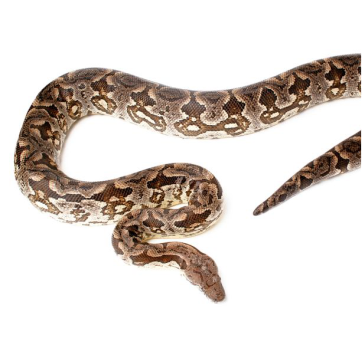
Ular Sanca
Python reticulatus
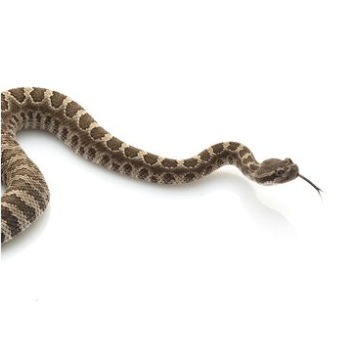
Ular Sawah
Parias sumatranus
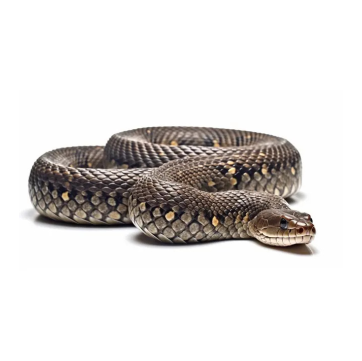
Ular Tedung
Ophiophagus hannah
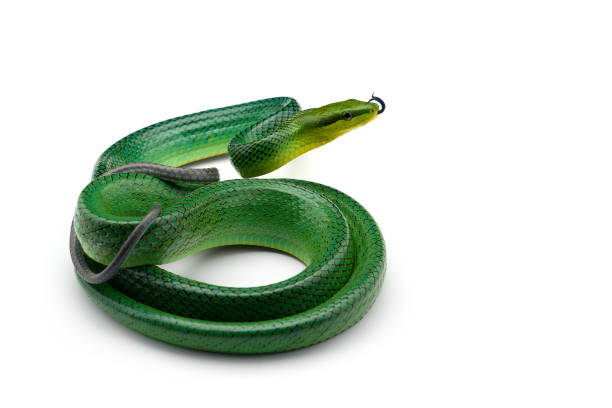
Ular Hijau
Trimeresurus albolabris
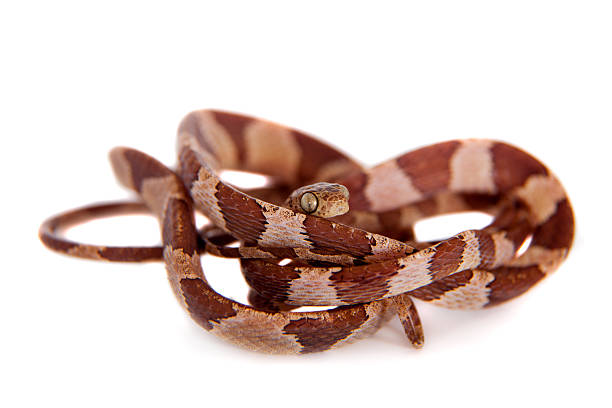
Ular Pohon
Chrysopelea spp.
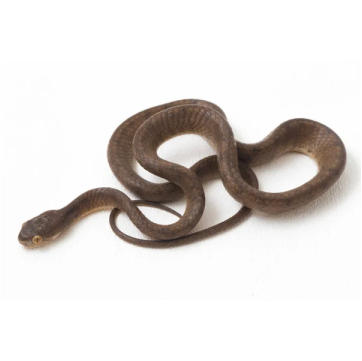
Ular Tangkap
Boiga spp.